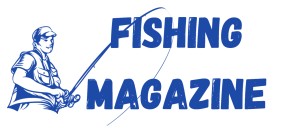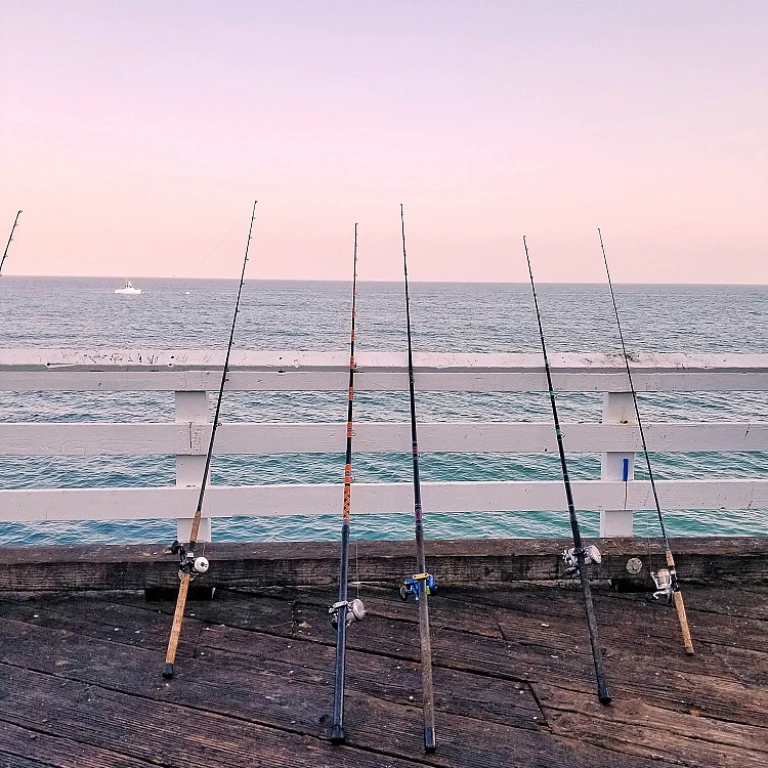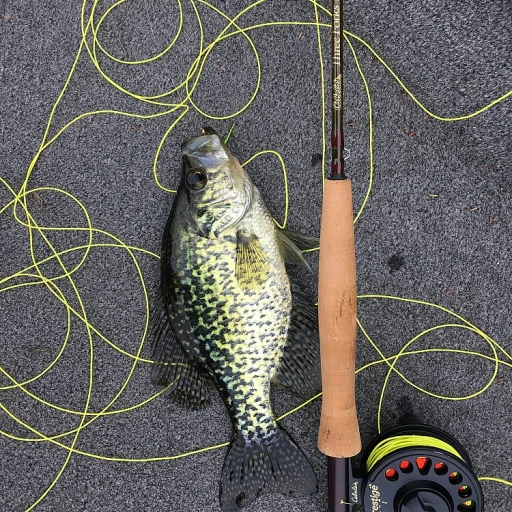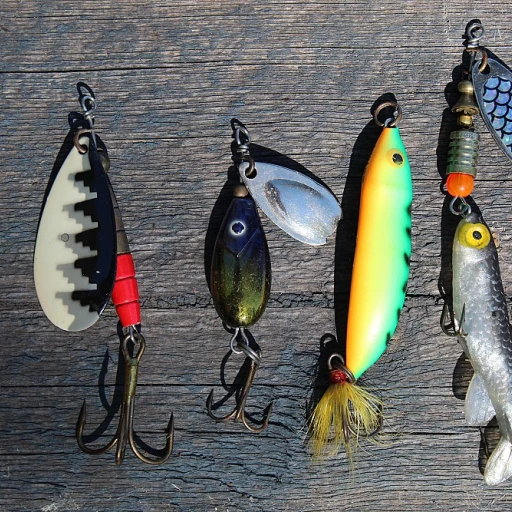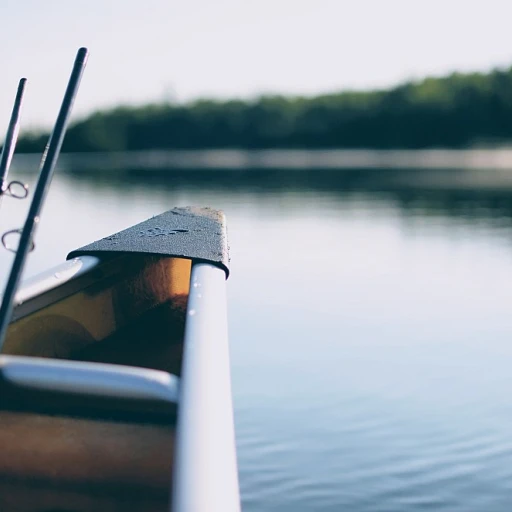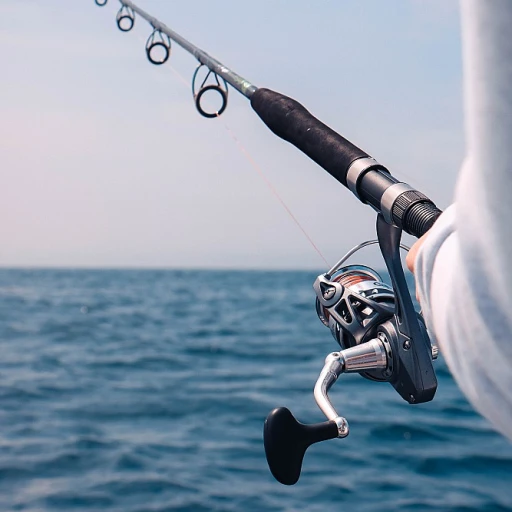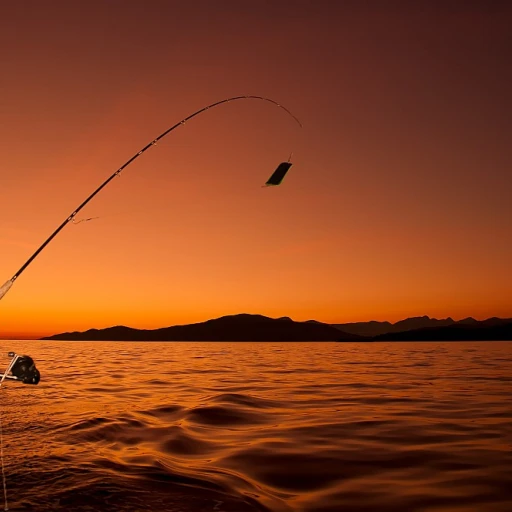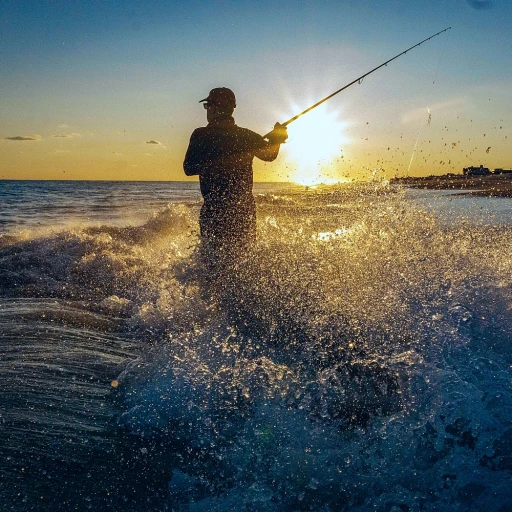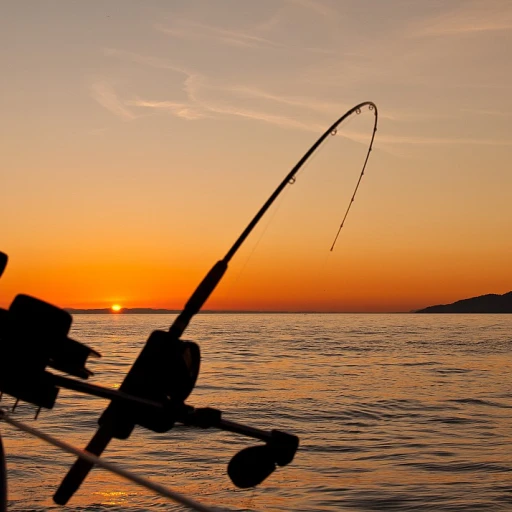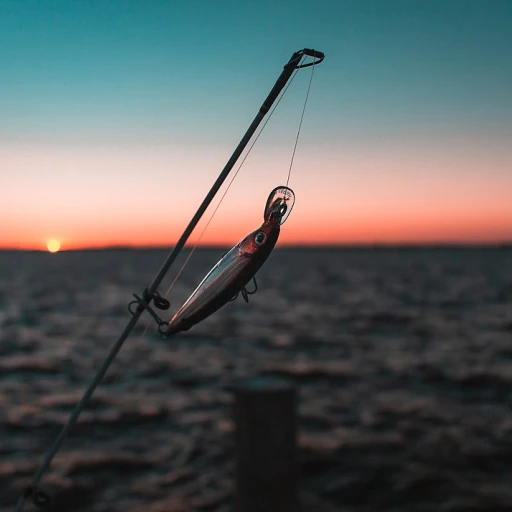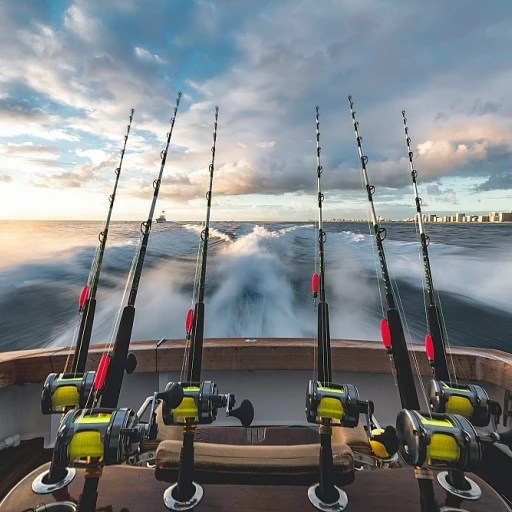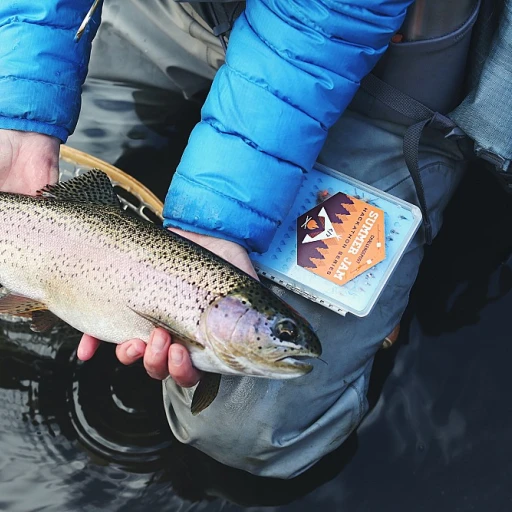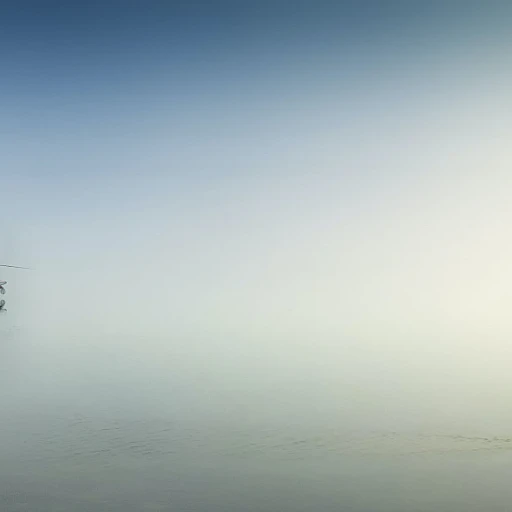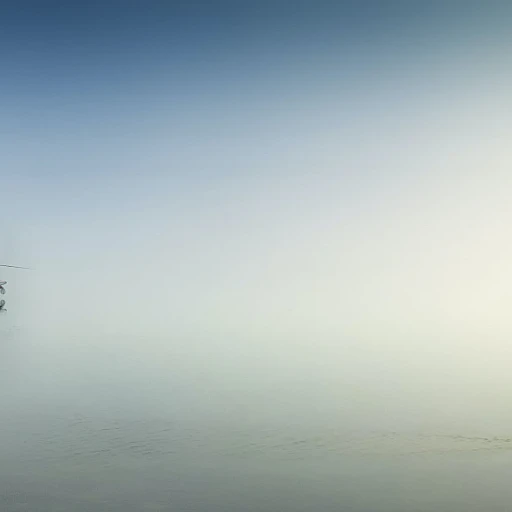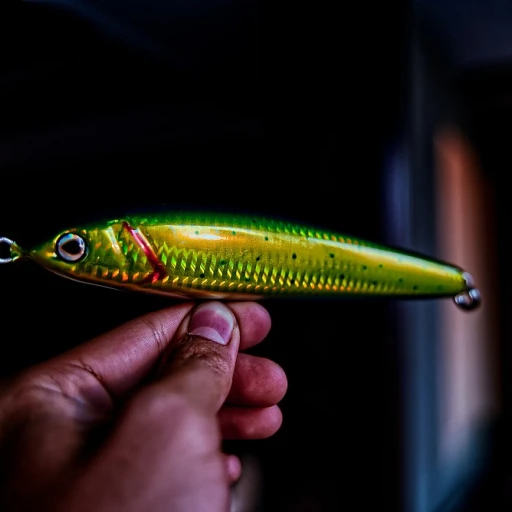
Understanding Stonefly Patterns
The Intrigue of Stonefly Patterns in Fly Fishing
Understanding stonefly patterns in fly fishing can open up a world of opportunity for both the novice and experienced angler. The stonefly, an enticing insect to fish for trout and other species, comes in an array of sizes, colors, and patterns. These factors make stonefly patterns essential elements in any fly fishing arsenal. Whether you're casting a dry fly or opting for a nymph, mastering these patterns is crucial for attracting fish.
Stoneflies are often broken down into patterns that mimic the life stages of these insects. From black stoneflies and yellow sally stoneflies to more intricate designs, recognizing these stages ensures that your fly patterns are attractive to your targeted fish species. For instance, stonefly nymphs can be fashioned with rubber legs or a prince nymph profile to appeal to trout in their natural habitat. Black stone patterns often imitate the mature stage of the stonefly, while the size and color may vary based on the specific regional stonefly it represents.
The importance of stonefly patterns is also highlighted by how these flies are leveraged across different seasons and water conditions. An angler, aware of these factors, can select a pattern that aligns with the current prices and stock availability of materials. Such insight allows the purchase of stoneflies that deliver the best value and effectiveness without exceeding one's budget, seeing discounts and sales can influence the decision.
In addition, understanding the original price versus the current price of quality flies and materials can aid in making savvy purchasing decisions whether you are buying online or at physical stores. With each fly offered at a unique unit price, awareness of the price current in the market ensures cost-effectiveness.
Types of Stonefly Patterns
Diverse Stonefly Patterns Unveiled
The world of fly fishing is a diverse domain, where every detail matters from the size and color to the pattern itself. Stonefly patterns are no different, with each variation holding its own unique set of advantages to aid anglers in their fishing pursuits. Let’s explore the diverse selection of stonefly patterns available to fly fishing enthusiasts, helping you better understand how each can be utilized.
When it comes to stonefly nymphs, a variety of patterns exist to mimic the natural behavior and appearance of these aquatic insects. Some popular variations include the Pheasant Tail, Prince Nymph, and Pat Rubber Legs, each offering distinct features and effectiveness in attracting fish like trout.
- Pheasant Tail: Known for its versatility, this nymph pattern is effective throughout the year, mimicking various stonefly nymphs with its subtle brown tones and simplicity.
- Prince Nymph: This pattern is ideal for imitating large stonefly nymphs often found in faster-moving water. Its contrasting white and black features make it an attractive option for targeting aggressive fish.
- Pat Rubber Legs: Designed to look like both stonefly and yellow sally nymphs, this pattern utilizes rubber legs for added movement, enhancing its attractiveness.
Beyond nymphs, the black stonefly and the yellow-sized stonefly are renowned patterns with their size and color playing crucial roles in different fishing conditions. For instance, a black stonefly pattern works well in murky waters where darker tones are more visible, while the yellow and black make an excellent dry fly choice due to their buoyancy and visibility on the water surface.
In terms of pricing, stonefly pattern flies can vary greatly depending on their complexity, materials used, and whether they are factory-made or crafted by hand. The current price might range from just a few USD per fly to premium styles commanding a higher unit price due to their intricate detail. It's worth considering purchasing flies during a sale to get the best price for quality patterns.
Ultimately, the choice of stonefly pattern comes down to your specific fishing conditions, targeted fish species, and personal preference. Becoming familiar with the broad array of available patterns, like black stonefly or yellow sally, enriches your fly fishing experience and enhances your ability to make informed decisions on the water.
Materials and Tools for Crafting Stonefly Patterns
Essential Gear for Creating Stonefly Flies
Crafting stonefly patterns requires a mix of the right materials and tools. Investing in high-quality tools and choosing the correct materials will influence the overall success and durability of your flies. Here's what you'll need to get started in crafting these intricate patterns, ensuring your creations are as effective as they are beautiful.Tools: Precision and Efficiency
- Fly Tying Vise: This is essential to hold hooks in place. Opt for one with a range of adjustability to accommodate different sizes.
- Scissors: A sharp pair is vital for cutting patterns precisely. Consider a fine-tipped pair for intricate work.
- Bobbins: These hold the thread and allow for smooth, controlled tying. Look for ergonomic designs that fit comfortably in your hand.
- Hackle Pliers: These are used to grip feathers or hair when wrapping around the hook.
- Bodkin: A small needle tool used to apply small amounts of glue or tweak the pattern details.
Materials: The Building Blocks
Selecting the right materials is crucial to replicating the appearance and movement of stoneflies in the water.- Hooks: Choose a variety of sizes to match the stonefly nymph or dry fly pattern you are creating.
- Threads: When it comes to thread size and color, black, yellow, or other earthy tones are most effective. Consider durable threads that won't break easily.
- Body Materials: For nymphs, materials such as chenille or dubbing work well. Hare’s ear and pheasant tail are popular choices.
- Tails and Legs: Materials like goose biots or rubber legs can add realistic movement to your patterns.
- Wings: Either natural or synthetic materials can be used to mimic wings. Pay attention to the size and color to maintain authenticity.
Building Your Collection
Creating an effective stonefly pattern involves experimentation with different materials and variations. Stock up on basics, but don't hesitate to invest in some unique materials that might catch the eye of curious trout. Crafting your own stonefly flies can be both an art and a science. With the right tools and materials on hand, you'll be prepared to create stonefly patterns that mimic nature's design to attract fish effectively, potentially bringing in more successful catches. Interested in exploring other aspects of fly fishing? Check out this comprehensive guide on exploring the best options for tuna fishing boats to enhance your fishing experience further.Techniques for Tying Stonefly Patterns
Mastering the Craft of Tying Stonefly Patterns
When it comes to fly fishing, crafting stonefly patterns is an art that requires both patience and precision. The techniques involved in tying these patterns can vary, but the goal remains the same: to create a fly that mimics the natural movement and appearance of stoneflies in the water. Here, we delve into some essential techniques to help you tie effective stonefly patterns.
Start with the Right Materials
Before you begin, ensure you have all the necessary materials and tools. The choice of materials can significantly impact the effectiveness of your fly. For instance, using rubber legs can add a realistic movement to your stonefly nymphs, while materials like pheasant tail and hare ear can enhance the natural look of your flies. Consider the size and color of the stonefly you aim to replicate, such as the black stonefly or the yellow sally, to guide your material selection.
Focus on Technique
One of the key techniques in tying stonefly patterns is ensuring that the body of the fly is well proportioned. This involves careful wrapping of materials to create a realistic body shape. For nymph patterns, like the prince nymph or the original stonefly nymph, pay attention to the segmentation of the body, which can be achieved by using different colored threads or materials.
Perfecting the Details
Details matter when tying flies. The addition of small features, such as antennae or tails, can make a significant difference. Using materials like black stone or yellow dubbing can help you achieve the desired effect. Additionally, consider the current conditions where you will be fishing. For example, a dry fly pattern might be more effective in certain environments, while a nymph pattern could be better suited for others.
Practice and Experimentation
Finally, practice is crucial. The more you tie, the better you will become at creating flies that not only look good but also perform well in the water. Don’t hesitate to experiment with different patterns and materials. The original price of some materials might be high, but finding sales or discounts can help you manage costs. Remember, the unit price of your materials can affect the overall price of your fly, so choose wisely.
Choosing the Right Stonefly Pattern for Different Conditions
Perfect Match: Stonefly Patterns for Every Water
When deciding on the right stonefly pattern for your fly fishing adventures, several factors come into play. Stoneflies, with their variety of sizes and colors, demand careful selection to match prevailing conditions, ultimately influencing your level of success.
Start by assessing the local aquatic environment. For instance, in streams where black stones dominate, a black stonefly nymph can effectively attract trout. The classic Black Stonefly with rubber legs might be your winning choice, especially during early spring hatches when fish are keen on darker, more prominent prey.
If you're fishing waters teeming with smaller species such as the Yellow Sally, opt for corresponding yellow stonefly patterns. These little nymphs replicate the natural appearance of stoneflies, enticing curious fish during midsummer hatches. Considering variations in size and color of stonefly nymphs is crucial, leading to more targeted bites.
In some lakes and rivers, matching the size of your fly to that of the local prey is key. Sizes can range from tiny nymphs to substantial dry flies. Be sure to pack an assortment, including the Hare's Ear and Pheasant Tail patterns, which are versatile staples for your kit.
Your budget should also factor into your choice. Patterns are available across a wide price range, so consider your options carefully. For example, the Prince Nymph might be available at an original price but check the current price before purchasing. Always ensure to compare unit prices to maximize your investment during seasonal sales. Remember, premium materials can enhance durability and buoyancy, justifying their price point.
Ultimately, taking time to study the current stonefly activity and stocking up with a range of patterns can ensure a more dynamic and rewarding fishing season. Fine-tuning your selection approach will help in mastering the art of stonefly patterns and making the most out of each fly fishing expedition.
For an extensive guide on perfecting your choice, exploring the nuances of each pattern can be beneficial. With knowledge and patience, the most suitable stonefly nymph or rubber leg fly awaits to enhance your catch!
